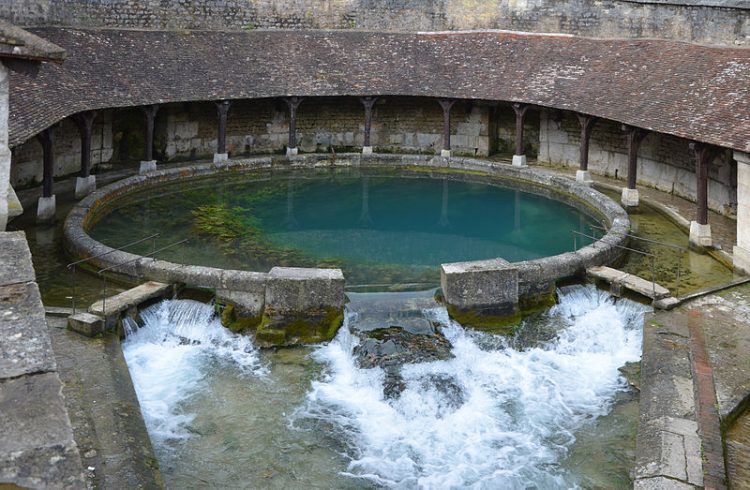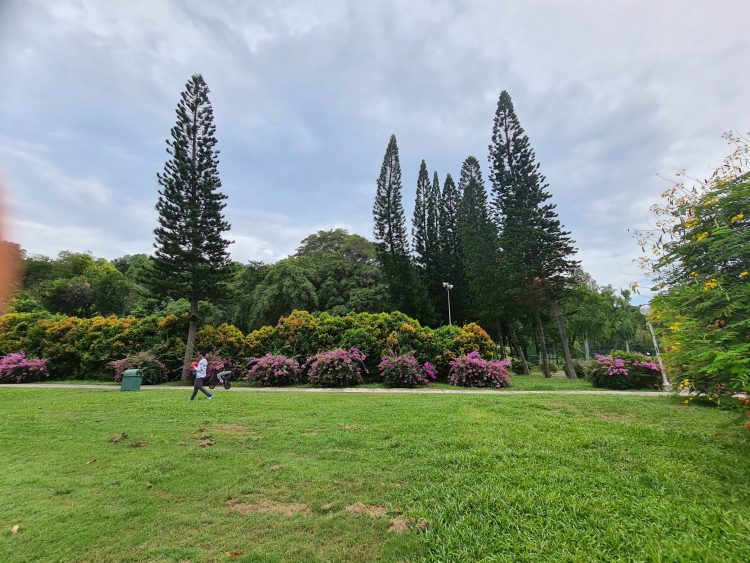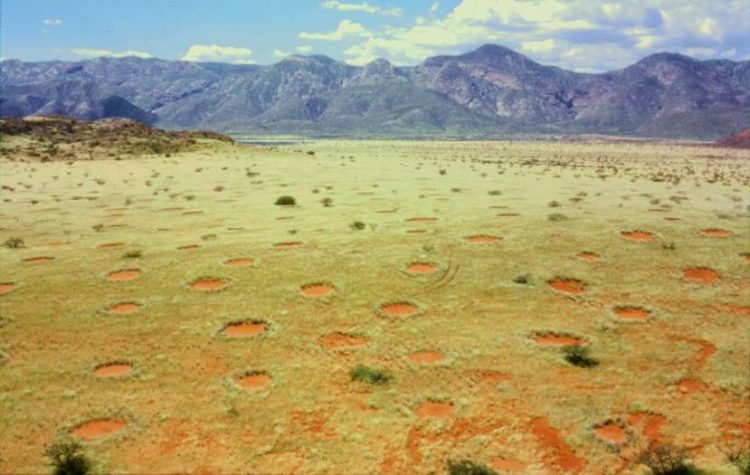No One Has Been Able to Locate the Source of This Mysterious Spring

For centuries, people have been asking themselves what the source of the underground spring known as Fosse Dionne spring in France’s Burgundy region might be, but they never got to the bottom of it, because they literally couldn’t get to the bottom of it. The Fosse Dionne is a huge upsurge of water around which […]
For Some Reason This Tree Species Leans Sideways When Planted Outside Its Natural Habitat

Araucaria columnaris, also known as the coral reef araucaria, Cook pine or New Caledonia pine, is a species of conifer native to New Caledonia that tends to tilt sideways when planted outside its natural habitat. First classified by Johann Reinhold Forster, a botanist accompanying Captain James Cook on his second voyage to circumnavigate the globe as far south […]
The Mysterious ‘Fairy Circles’ of Namibia

Legend says that they are footprints of the gods, others believe that they are UFO landing sights, and scientists have their own theories, but the truth is that no one really knows how the fairy circles dotting the Namib coastal desert came to be. Fairy circles are uniformly distributed round gaps in arid grassland across […]
